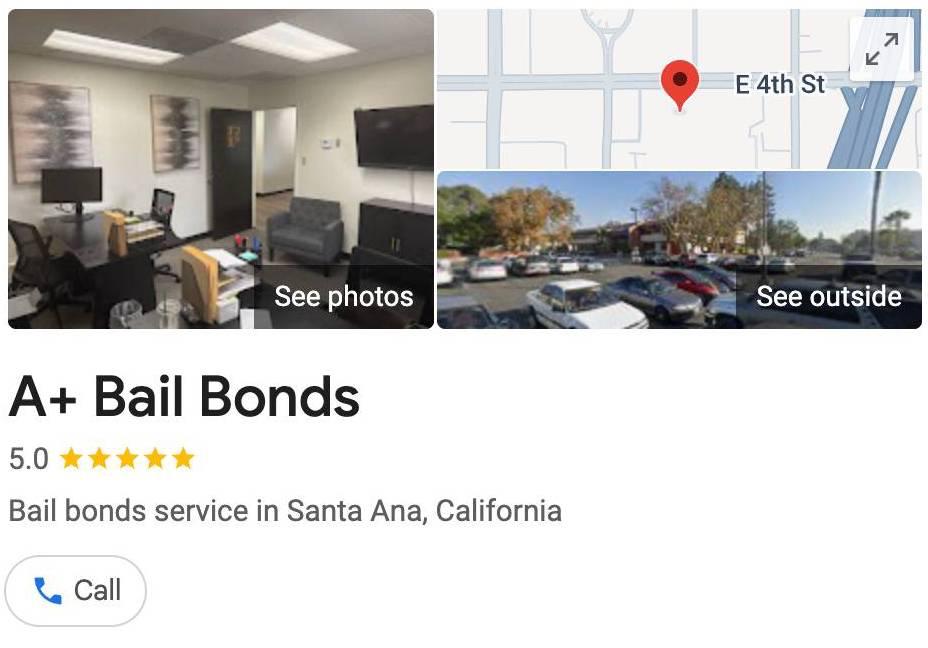California epitomizes the concept of a cultural melting pot, characterized by its rich tapestry of ethnicities, traditions, and languages. This diversity not only shapes the landscape of art, cuisine, and festivities but also influences various aspects of life in the Golden State—including the legal system.
In California, bail is a crucial part of the criminal justice process. Bail is a sum of money or property pledged to the court, which allows an individual to be released from custody while awaiting trial. The primary purpose of bail is to ensure that defendants appear in court for their scheduled dates. Failing to post bail could result in prolonged detention until the case is resolved, adding undue strain to the individual and their family.
If you find yourself or a loved one needing to post bail in California, specifically in a vibrant city that exemplifies the cultural melting pot of the state, A+ Bail Bonds is here to provide fast, professional, and affordable services.
Step-by-Step Guide to Posting Bail in California
1. Understand the Bail Amount
The first step in the bail process is to determine the bail amount set by the court. This amount can vary significantly depending on the charges, the defendant’s criminal history, and the court’s policies. In California, bail schedules outline typical amounts for various offenses.
2. Contact a Reliable Bail Bond Company
After confirming the bail amount, the next step is to contact a trustworthy bail bond company like A+ Bail Bonds. Their representatives are well-versed in California’s legal nuances and can guide you through the process seamlessly.
3. Gather Necessary Information
To expedite the bail process, gather the necessary information. This typically includes:
- The defendant’s full name
- Date of birth
- Details of the arrest (location, charges)
- Bail amount
- Any other relevant information that may help the bail bondsman
4. Complete the Bail Bond Application
When you contact A+ Bail Bonds, you will need to fill out an application. This document requires personal information and possibly details about the collateral if you are putting up property to secure the bond.
5. Pay the Premium
Bail bonds usually require a non-refundable premium, often around 10% of the total bail amount. A+ Bail Bonds offers flexible payment options to make this step affordable.
6. Finalize the Bond
After submitting the application and paying the premium, A+ Bail Bonds will finalize the bond. They will then contact the jail to arrange for the defendant’s release. This process can take a few hours, depending on the facility’s procedures.

7. Release from Custody
Once the bond is secured, the defendant will be released from custody. Remember, it is crucial to adhere to all court dates and conditions set by the judge to avoid any additional legal complications.
Remaining Details and Recommendations
Throughout this entire process, communication is key. Staying in touch with A+ Bail Bonds will help you remain informed about the status of the bond and any obligations that may arise. Additionally, it’s essential to understand that failing to appear in court after posting bail can result in the bond being forfeited, leading to legal repercussions.
Summary
Posting bail can be a daunting experience, but with the right guidance and support, it can be manageable. A+ Bail Bonds is dedicated to assisting clients in California’s culturally rich areas, ensuring that they receive the attention and service they deserve during such a challenging time.
Frequently Asked Questions
1. What is the typical bail amount for common charges in California?
Bail amounts can vary widely. For misdemeanors, they might range from $500 to $5,000, while felonies can reach upwards of $25,000 or even higher.
2. How long does it take to post bail?
The process can generally take anywhere from a few hours to a full day, depending on the local jail’s processing time and the bail bond company’s efficiency.
3. Can I get a refund on the bail premium?
No, the premium paid to the bail bond company is non-refundable, even if the charges are dropped or the case is dismissed.
4. What happens if the defendant doesn’t appear in court?
If the defendant fails to appear, the court may issue a bench warrant and the bail bond could be forfeited, obligating the bondsman to pay the full bail amount.
In the multicultural milieu of California, navigating the complexities of bail doesn’t have to be overwhelming. Like the diverse heritage of the state, A+ Bail Bonds offers personalized services tailored to the unique needs of every client, ensuring safety and support when it’s needed most.

